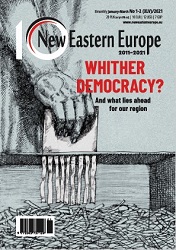
History of facts - Dispassionate and detached
Review of: Anastasiia Starchenko - Understanding Ukraine and Belarus: A Memoir. By: David R. Marples. Publisher: E-International Relations, 2020.
More...We kindly inform you that, as long as the subject affiliation of our 300.000+ articles is in progress, you might get unsufficient or no results on your third level or second level search. In this case, please broaden your search criteria.

Review of: Anastasiia Starchenko - Understanding Ukraine and Belarus: A Memoir. By: David R. Marples. Publisher: E-International Relations, 2020.
More...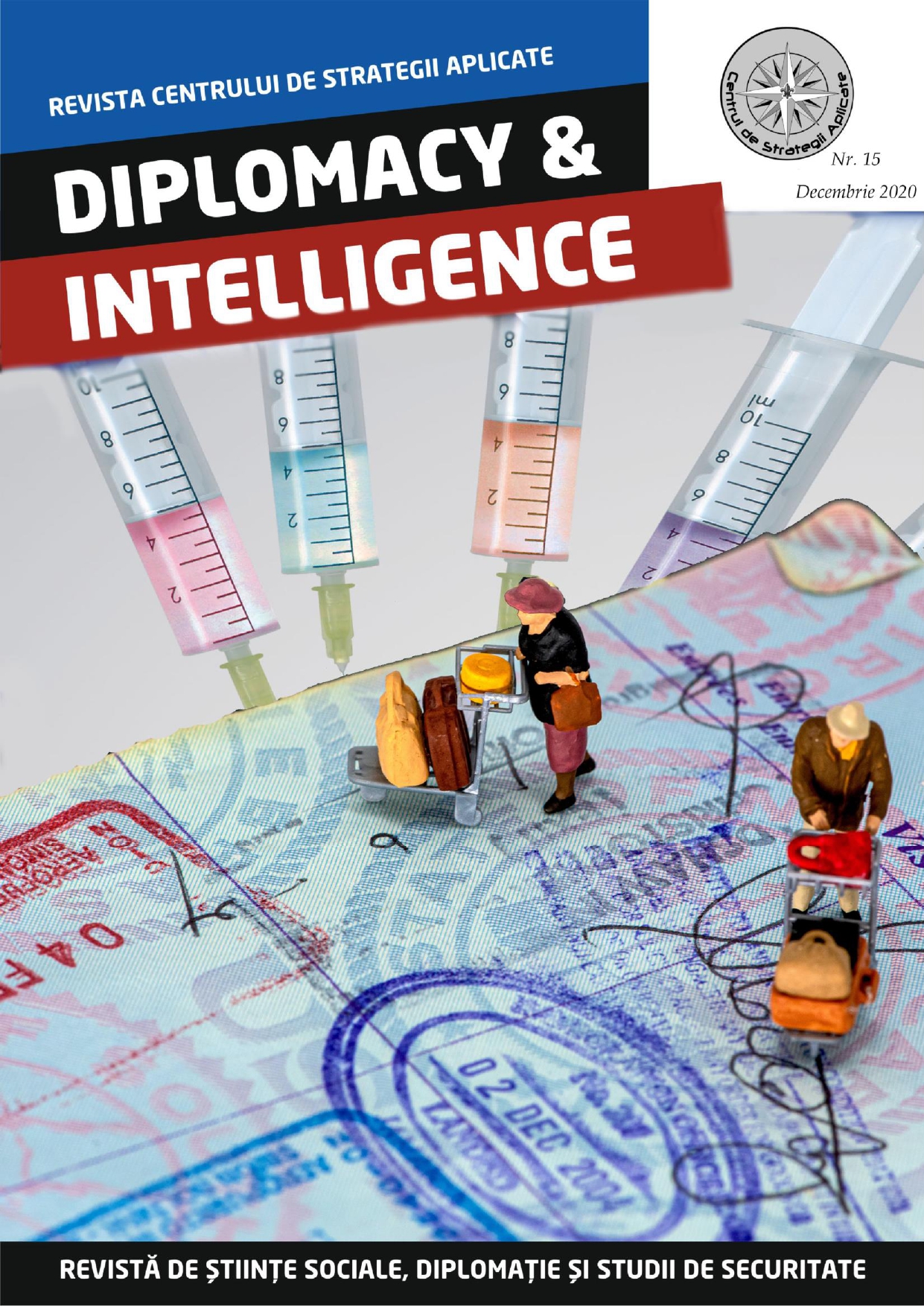
What is the concept of soft power? Is modern diplomacy a soft power? What is the framework legislation on international refugee protection? What does refugee diplomacy entail? What is the European legislative framework on asylum policy? What is the relationship between UNHCR and the EU in managing refugees across the EU? Can refugee diplomacy, seen only as a soft power, counterbalance the interests of states in this matter?
More...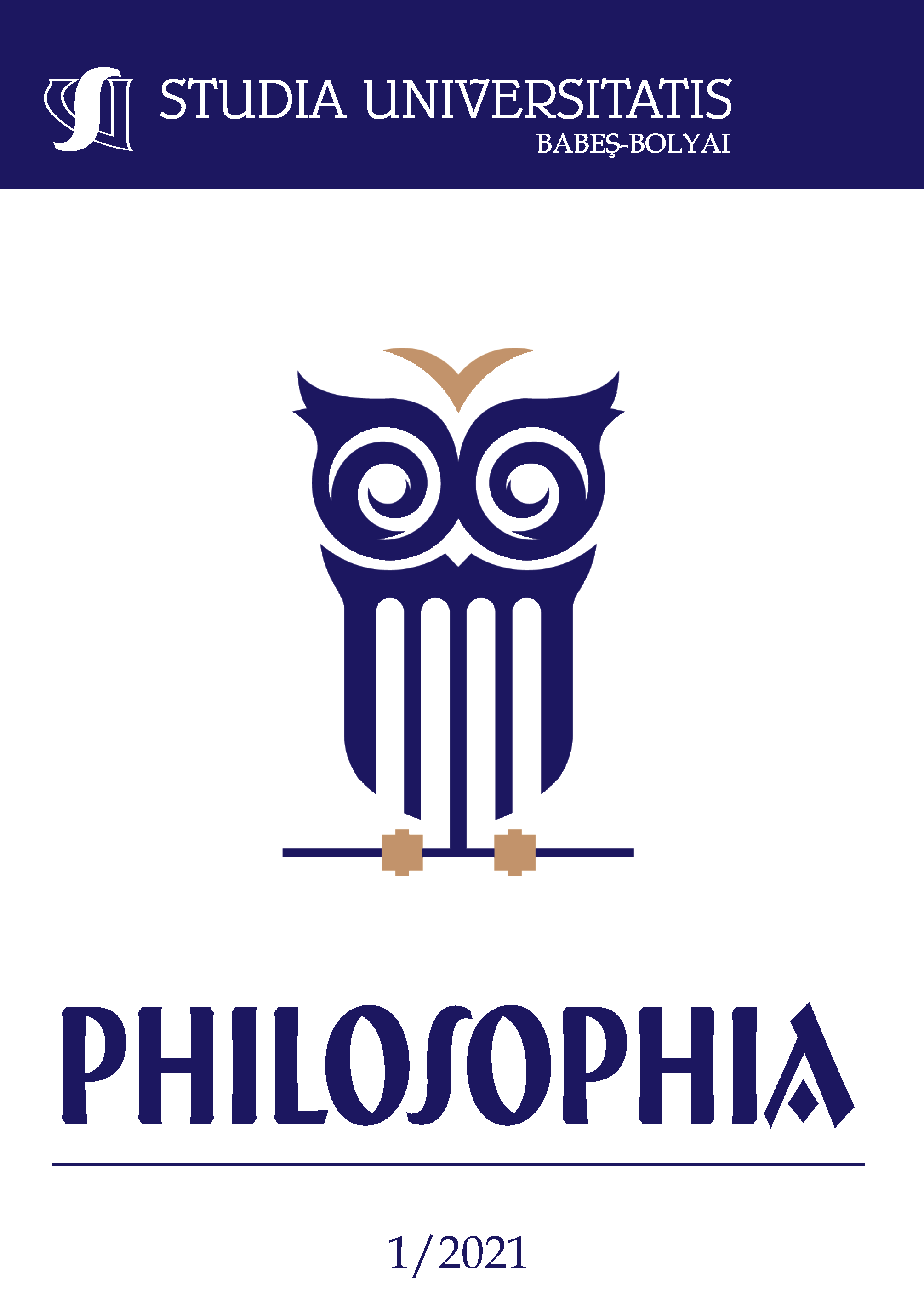
Experientially, we often have a sense of self which is relatively constant across moments in one’s personal timeline. There are instances where this sense of self fractures, though, and self-identity becomes difficult to sustain. This essay argues that such fracturing is the result of an interruption in a process of self-narrativization—an interruption which can be mended, at least partially, through creative and communal practices which allow for the possibility of recreating narratives at the site of their failure—and explores the meaning of this fracturing and mending process in terms of colonial violence as an example of a fracturing situation.
More...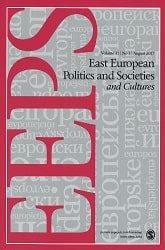
This article addresses the persistence of anti-Semitism in Romania, placed in the context of some recent debates concerning the memory of the Holocaust in the country, as well as in the area of Central and Eastern Europe more broadly. It argues that, despite significant improvements in terms of legislation, the memory of the Holocaust remains a highly contested issue in contemporary Romania, torn between the attempts to join in the European memory of the Holocaust and local legacies that on the one hand focus primarily on the suffering of Romanians under the communist regime, and on the other perform a symbolic “denationalisation” of the Jewish minority in the country, whose own suffering is thus excised from national memory. It does so by focusing in particular on the debates surrounding the adoption of Law 217/2015, meant to clarify earlier legislation on Holocaust denial, and comparing them with those prompted by the Ukrainian “memory laws” passed in the same year. Taking into account both the national and international reactions to these very different pieces of legislation, the article shows the still-persisting discrepancy between a (mostly Western) “European” memory of the legacy of the twentieth century and local memory topoi characteristic of the countries that were part of the former socialist bloc.
More...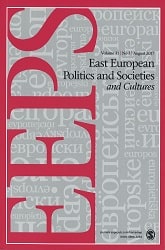
How does the aftermath of 1989 shape the meaning of this event today? On the basis of an interview study with sixty-seven respondents from former East Germany and the Czech Republic administered in 2016–2017, this article asks how individuals articulate “economic memories” against the background of the 1990s, a time in which the transition to democracy was accompanied by labor market ruptures. It documents how salient themes of change are narrated in terms of work and its moral dimensions; and how memories of the time are concerned with mobilizing one’s skills in the face of economic change. The article distinguishes five accounts by which respondents differently incorporate the historical event of 1989 into a vernacular, biographical logic. This framework offers a “bottom-up” perspective as a contribution to our understanding of the ongoing contestations over the meaning of the 1989 revolutions.
More...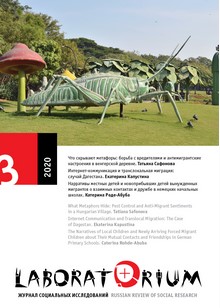
Review of: Варвара Склез - Ayşe Gül Altınay, María José Contreras, Marianne Hirsch, Jean Howard, Banu Karaca, and Alisa Solomon, eds. Women Mobilizing Memory. New York: Columbia University Press, 2019. 525 pp. ISBN 978-0-231-54997-4.
More...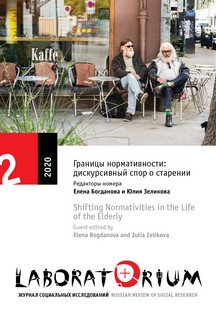
Review of: Илья Утехин - Otto Boele, Boris Noordenbos, and Ksenia Robbe, eds. Post-Soviet Nostalgia: Confronting the Empire’s Legacies. New York: Routledge, 2019. 244 pp. ISBN 978-0-36733-265-5.
More...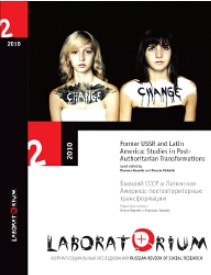
The church where Lavalle was skinned. A small town surrounded by mountains. A picturesque cemetery watching over the town from on high, as was the “custom in olden times.” A small municipal office next to the only public telephone in town, and the center of public life, the square. In the middle is a flagpole that flies a large Argentine flag on special occasions and patriotic holidays. At the base of the flagpole is a plaque with the words “God, Country, Home. Tumbaya 1979,” an unmistakable sign of the military presence during the 1970s. It might be added that the only plaques in town, in square and church, were placed there by the Argentine Army in 1979. Tumbaya, a small town located at the gateway to the Quebrada de Humahuaca valley in the northern part of Argentina, is home to a number of families of indigenous ancestry. This identity surfaces in times of crisis, especially regarding land claims, or during assemblies, the primary means for settling intra-community disputes. Yet it is unusual for anyone to acknowledge indigenous blood in the course of everyday life or when introducing themselves on public occasions. For all intents and purposes, this identity is denied. A small number of surnames are shared by a large number of families: everyone is kin and compadre to everyone else. Family and political networks (and their factions) regulate social relations in Tumbaya.
More...
30 октября 2007 года, в День памяти жертв политических репрессий, президент Российской Федерации Владимир Путин впервые принял участие в официальной церемонии, организованной в честь памяти жертв советского режима на Бутовском полигоне. А за три месяца до этого на полигон с Соловецких островов по каналам, вырытым руками миллионов зеков, был доставлен монументальный крест.
More...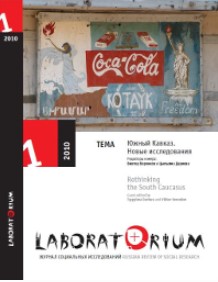
Review of: Евгения Захарова - РАЗГАДАТЬ ЮЖНЫЙ КАВКАЗ: ОБЩЕСТВА И СРЕДА ОБИТАНИЯ: СБ. СТ.: СОЦИОЛОГИЯ, ПОЛИТОЛОГИЯ, АНТРОПОЛОГИЯ, ГЕНДЕРНЫЕ ИССЛЕДОВАНИЯ / РЕГИОНАЛЬНАЯ СТИПЕНДИАТСКАЯ ПРОГРАММА ФОНДА ИМ. ГЕНРИХА БЁЛЛЯ ДЛЯ МОЛОДЫХ УЧЕНЫХ НА ЮЖНОМ КАВКАЗЕ; [ОТВ. РЕД. НИНО ЛЕЖАВА; НАУЧ. РЕД. ЕКАТЕРИНА ГЕРАСИМОВА]; ВЫП. 3. [ТБ.]: [ЮЖНО-КАВК. РЕГ. БЮРО ФОНДА ИМ. ГЕНРИХА БЁЛЛЯ], 2008. 250 С. ISBN 978-9-9419-0091-4. Евгения Захарова- НОВЫЙ ЮЖНЫЙ КАВКАЗ: ПЕРЕСМОТРЕТЬ СТАРЫЕ ГРАНИЦЫ: СБ. СТ.: СОЦИОЛОГИЯ, ПОЛИТОЛОГИЯ / РЕГИОНАЛЬНАЯ СТИПЕНДИАТСКАЯ ПРОГРАММА ФОНДА ИМ. ГЕНРИХА БЁЛЛЯ ДЛЯ МОЛОДЫХ УЧЕНЫХ НА ЮЖНОМ КАВКАЗЕ; [ОТВ. РЕД. НИНО ЛЕЖАВА; НАУЧ. РЕД. ОЛЕСЯ КИРЧИК ]; ВЫП. 4. [ТБ.]: [ЮЖНО-КАВКАЗСКОЕ РЕГИОНАЛЬНОЕ БЮРО ФОНДА ИМЕНИ ГЕНРИХА БЁЛЛЯ], 2008. 176 С. ISBN 978-9-9419-0092-1.
More...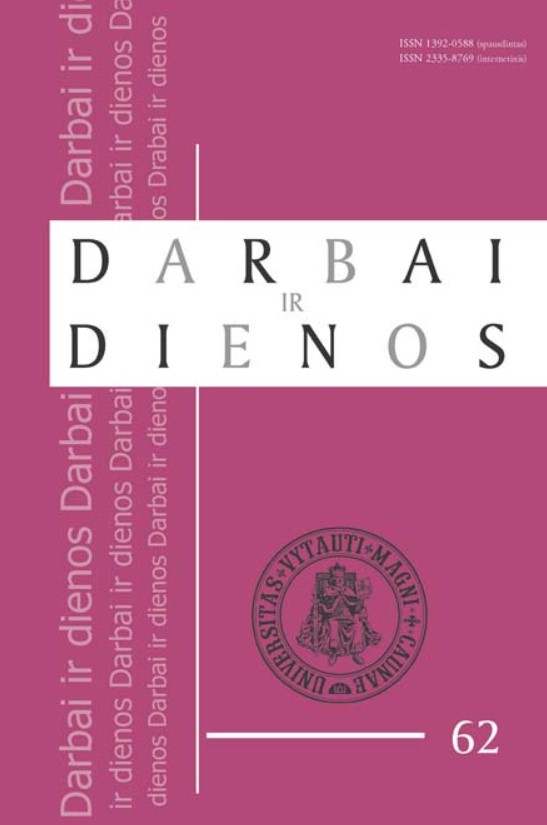
Pastarasis laikas nužymėtas siekiu įamžinti ir kitaip įprasminti miestui ir šaliai reikšmingas vietas, asmenis, laikotarpius. Vytauto Didžiojo universiteto humanitarai inicijuoja vis daugiau projektų (ar talkininkavimo juose) ir sumanymų novatoriškai papasakoti Kauno miesto istorinių objektų bei architektūros savitumo istoriją. Kaunas, kuriam laikui nepelnytai nustumtas į pašalę ir pažymėtas provincialumo žyme, pamažu atgauna savo kaip pirmosios Lietuvos Respublikos sostinės ir lietuviško moderno lopšio veidą.
More...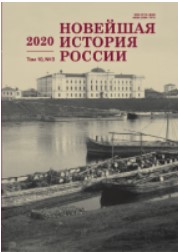
The article is based on oral historical sources and oral memories and examines the historical experience of the professional activities of Soviet women who worked in the train control service of the Belgorod Branch of the Southern Railway (Ministry of Railways of the USSR) in the late 1960s and 1980s, as a form of women’s leadership and gender equality formation (the erosion of male dominance) in the manufacturing sector. Specifically, the influence of the profession (working conditions, content of daily work practices, working rhythm, professional self-awareness) on the formation of a particular gender identity among women railway workers is investigated. An analysis of historical material makes it possible to supplement and significantly expand our understanding of how the “new type” of Soviet women, with an independent economic and social status, was formed in the late Soviet period. The materials constitute the informational basis for preserving information about the labor feats of women working at the railroad in the historical memory of Russian people; they open up new heroines, whose personal and professional lives are the subject of the formation in modern society of a positive attitude towards the female presence in the managerial segment of the engineering and technical sphere.
More...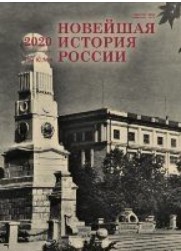
The author explores how attitudes toward the Red Terror and activities of the Cheka were manifested during celebrations of the first anniversary of the October Revolution. Based on a study of speeches by Bolshevik leaders, propaganda materials related to the festival, discussions at various levels, and characteristics about the holiday provided by opponents and enemies of the ruling party, the author demonstrates what arguments were used for legitimation and delegitimation of the Red Terror. The author analyzes the discussion by D. B. Ryazanov and G. E. Zinovev on the correlation of terror and the holiday; characterizes the position of V. I. Lenin and other prominent Bolsheviks who used the holiday as a resource to discuss the powers of the Cheka; and describes positions of opponents to the Bolsheviks. The significance of one of the first political amnesties in Soviet history, dedicated to the celebration of the October Revolution, is described. Prominent Bolsheviks perceived the role of terror in the revolution in different ways: if V. I. Lenin and G. E. Zinovev, in the struggle to strengthen their influence, were insistent on the need to deepen terror, D. B. Ryazanov insisted that the scope of repressive politics should be limited, and L. B. Kamenev lobbied for amnesties. All of them used the celebration of the first anniversary of October to implement their projects. Research on the linkage between the Red Terror and the holiday provide insights into the specifics of the political situation in the autumn of 1918.
More...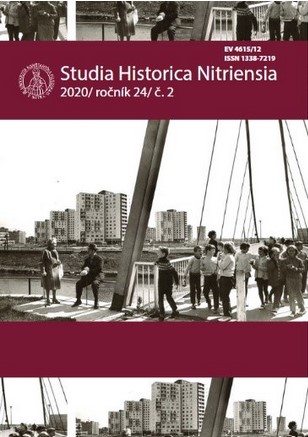
The article deals with the peculiarities of the process of Sovietization of the western regions of Ukraine in the first postwar years. The problem of using the political symbols as tools of propaganda by the authorities is particularly emphasized. The scientific novelty is that the process of symbolizing the living space of the population of the Western Ukrainian region in the period of restoration / establishment of Soviet power there is disclosed in the article. The authors indicate what The main promoters of the spread of „Soviet“ were the propaganda and agitation departments of regional and district committees of the CP(b)U in Western Ukraine. The change of symbolic space occurred through the creation and implantation into the public consciousness of a new narrative of the historical uniqueness of the Soviet state of the Stalinist format.
More...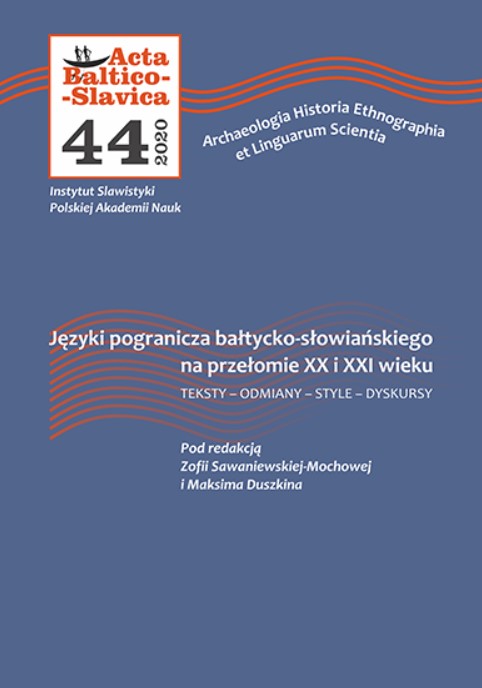
The author assumes that KRESY (former Polish Eastern Borderlands) is a characteristic culturem of Polish culture. He considers culturems as concepts which are important for self-identification, and assumes that identity has a shape of a narrative. Consequently, he recognises that the culturem KRESY may have a significant impact on shaping the identity of people associated with the former lands of the Second Polish Republic, so-called Kresy Wschodnie. This article analyses three oral history texts from the author’s files. They reveal a strong connection between the image of KRESY and the Polish home (especially the manor house) and the roots of Kresowiak identity in national liberation traditions (especially the January Uprising). This image is characterised by a certain degree of idealisation: KRESY are viewed as a place of peaceful coexistence of numerous nations and cultures. The image of KRESY has changed over time. After the Polish-Bolshevik war, it was a place of lawlessness; after the creation of the Border Protection Corps (Korpus Ochrony Pogranicza, KOP) it was a place of peace. The Second World War was a turning point marking the end of Polish Kresy.
More...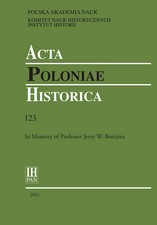
Even though they occurred around the same time, the Polish January Uprising of 1863/64 and the American Civil War (1861–5) have seldom been considered in the same context by historians, while comparative historical studies of the events are scarce. The present article explores the historiography relating to both countries to, firstly, outline the most interesting attempts in existing Polish and US- American research to find shared aspects in the two events. Secondly, my study establishes and analyses phenomena and themes in these parallel histories that could prove most fruitful for comparative investigation. In conclusion, I assess the potential that comparative approaches could generate for the historiography of the American Civil War and the January Uprising.
More...
Soviet ideological overseers did not consider the Warsaw Ghetto uprising an utterly taboo topic. However, on their general scale of notable events of the Second World War, the uprising belonged to the category of relatively minor episodes, worth mentioning mainly in the context of ‘more important’ themes, such as the presence of former Nazis in state institutions of West Germany or the collaboration of some Jews, most notably Zionists, with the Nazis. At the same time, the Soviet Yiddish periodicals, first Eynikayt [Unity, 1942–8] and then Sovetish Heymland [Soviet Homeland, 1961–91] did not treat the uprising as an event of secondary importance. Instead, they emphasise the heroism of the ghetto fighters.
More...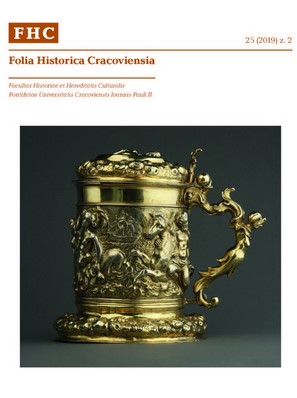
The disappearance, breakup, or perhaps the dissolution of the Habsburg monarchy into nonexistence in the last several days of the “Great War” did not mean that time and history disappeared without a trace. For it left a rich and varied heritage consisting of intertwined collective and cultural memories that transform over time into a mythology. An important place in that Central-European, Habsburg mythology is taken by the myth of Galicia. The evidence of its existence and vitality is in its emergence several years ago, as unexpected as it was intensive, in the commercial realm. That was made possible by drawing references on heritage, remembrance, and myth, and not by a knowledge – even elementary – of the reality under this banner. The Kingdom of Galicia was wiped out from the territory it used to occupy by the disaster of two wars. Yet a memory of it, evidently strongly rooted, managed to survive that unfavourable time and today it is still very much alive, even though greatly transformed. The time that has passed, together with all the historical tremors during that time, resulted in a kind of deconstruction from which a new, mythical form of Galicia emerge. It began to live its own peculiar life which has hardly anything in common with the original. The realm in which its presence is best visible today is what can be broadly called “commercial use.” The cultivation of the current, predominantly commercial functionality of Galicia is only rarely accompanied by a reflection on the sense or reason for the cherishing of its mythology, which is what is actually taking place. Are the material benefits – because there must be some – a sufficient justification for the glorification of the Austrian partition in contemporary Poland?
More...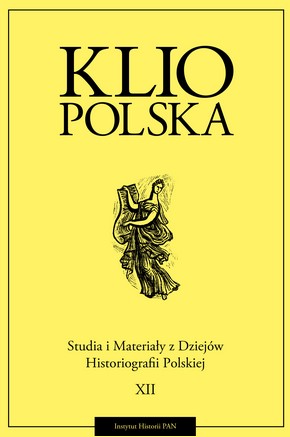
Review of: Rafał Stobiecki - Andrzej Nowak, O historii nie dla idiotów. Rozmowy i przypadki, Wydawnictwo Literackie, Kraków 2019, ss. 622.
More...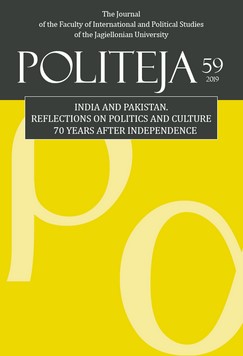
This paper attempts to delineate and focus on the common narrative thread running through subsequent cinematic treatises on the situation of women during the Partition, particularly those kidnapped and sexually violated during the vivisection. It proposes to construct a cultural and memorialized history of the Partition through a reading of mediated representations of literary engagements with the event, particularly the narrativization of the cinematic trope of the ‘radicalized’ Muslim and his involvement in the abduction of “chaste” Hindu women during the cataclysmic event. In doing so it considers films such as 1947-Earth (1999), Pinjar (2003), and Khamosh Pani (2003) as seminal films addressing female abductions during the Partition and the memorialization of trauma through cinema. The paper takes a feminist approach to addressing the question of the possession of the female body as the symbolic occupation of the nation.
More...